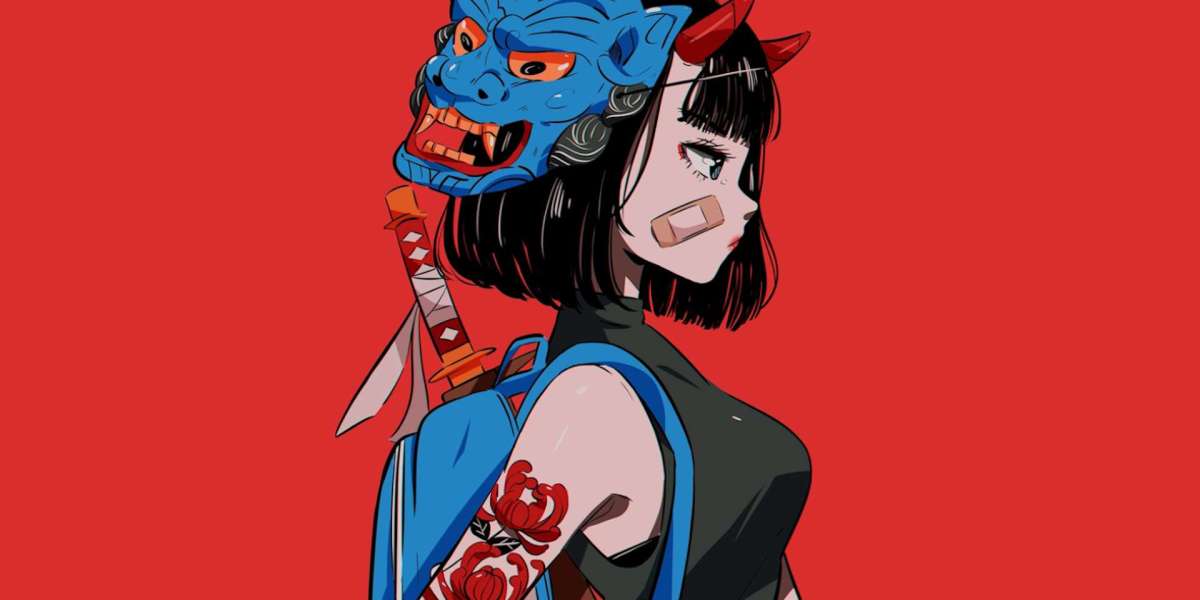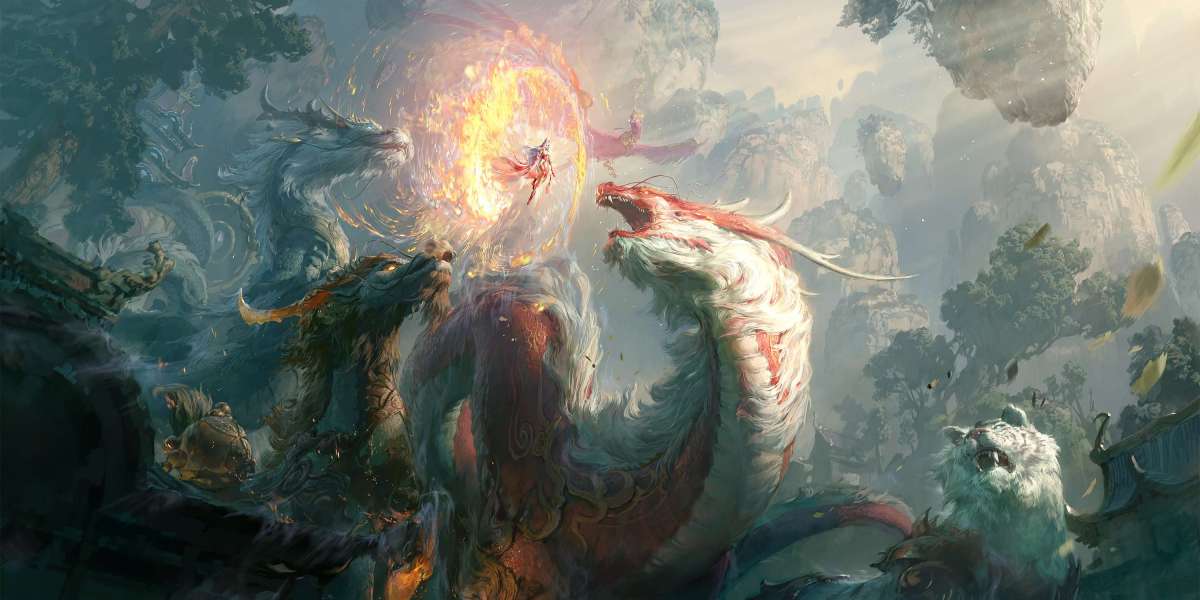Fashion events, particularly Fashion Weeks, have undergone significant transformations over the years. These global gatherings not only showcase the latest trends but also serve as a barometer for cultural shifts and consumer behavior. Understanding the evolution of these events can provide valuable insights into the fashion industry as a whole.
What Are Fashion Events?
Fashion events encompass a variety of gatherings, including runway shows, trade fairs, and exhibitions. They are platforms where designers present their collections to buyers, media, and the public. The most notable among these are the Fashion Weeks held in major cities like New York, Paris, Milan, and London. These events are crucial for setting trends and influencing the global fashion landscape.
The Historical Context of Fashion Weeks
Fashion Weeks began in the early 20th century, with the first official event taking place in New York in 1943. Initially, these events were exclusive, catering primarily to industry insiders. However, as the demand for fashion grew, so did the accessibility of these events. Today, Fashion Weeks are broadcasted worldwide, allowing a global audience to engage with the latest trends.
How Fashion Events Shape Trends
Fashion events play a pivotal role in shaping trends. Designers often use these platforms to experiment with new ideas and concepts. For instance, a bold color palette or innovative fabric can emerge from a single runway show, influencing collections across the globe. Moreover, the presence of celebrities and influencers at these events can amplify trends, making them more appealing to the general public.
- Trend Forecasting: Fashion events serve as a stage for trend forecasting, where industry experts predict upcoming styles.
- Networking Opportunities: These gatherings provide invaluable networking opportunities for designers, buyers, and media.
- Consumer Engagement: With the rise of social media, fashion events have become more interactive, allowing consumers to engage with brands directly.
The Future of Fashion Events
As we look to the future, the landscape of fashion events is likely to continue evolving. The integration of technology, such as virtual reality and live streaming, is changing how audiences experience these events. Will the traditional runway show remain relevant, or will digital formats take precedence? Only time will tell, but one thing is certain: fashion events will continue to be a driving force in the industry.
In conclusion, the evolution of Fashion Weeks and other fashion events reflects broader cultural and societal changes. These gatherings not only highlight the creativity of designers but also serve as a mirror to the world around us. As fashion continues to evolve, so too will the events that celebrate it.
For more insights into the world of fashion, check out this .








